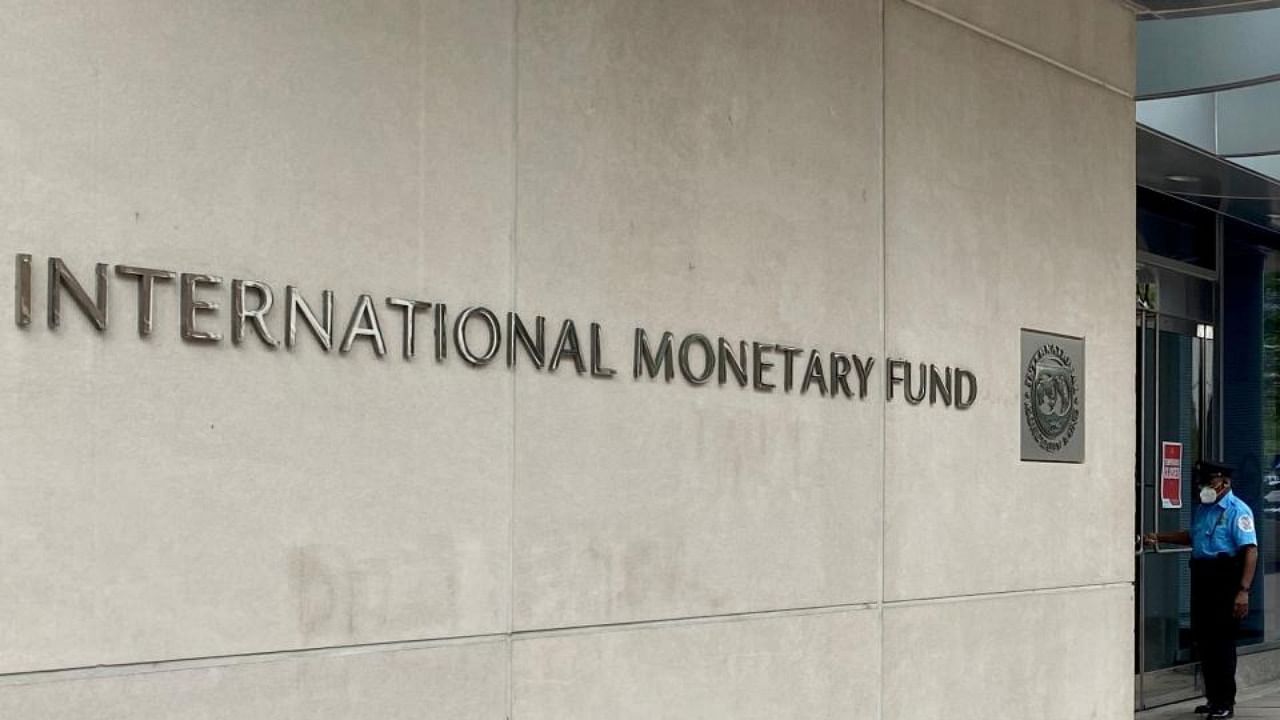
The International Monetary Fund (IMF) has "corrected" an error in its calculations on India's economic growth, saying that it expects the country to become a $5 trillion economy by FY27, up from its earlier prediction of FY29.
“IMF staff discovered a data input error that led to an error in calculating India's gross domestic product (GDP) denominated in US dollars, which was corrected,” Luis E Breuer, senior resident representative — India, Nepal, and Bhutan told Business Standard.
“More broadly, the Indian economy is recovering well from the pandemic with real GDP estimated to have recovered to above its pre-pandemic level by end of March 2022. The recovery is expected to continue although it is facing downside risks, including from external factors,” Breuer said.
PM Narendra Modi had originally set FY25 for India to reach the $5 trillion economy target, though the projections were hampered due to Covid-19 and the ensuing lockdowns and economic slowdown.
Chief Economic Adviser V Anantha Nageswaran earlier this month said that amid global uncertainties caused by the ongoing Russia-Ukraine war, India is still better placed among the large economies because of an improved financial system and a robust corporate health.
India, he said, has already taken a host of reforms in banking and other sectors and is now focussing on stepping up public investment.
"Compared to other nations, even among advanced countries, I think India is relatively better placed for the simple reason that India paid a certain price last decade... we had a banking system stress which was then compounded by stress in the non-banking financial sector towards 2018," he said at Amazon Smbhav Summit.
Talking about the fallout of the ongoing war, Nageswaran said prices of commodities, especially fuel and some foodgrains, have increased, stoking global inflation.
It also led to wheat shortage and as a result, many countries are facing rising prices.
"While inflation is one aspect of it, food security is another aspect. Thankfully in India, we are relatively far more comfortably placed than others. But there are several countries where the availability of food is more important than even the price," he said.
Asserting that the Budget numbers are credible, both with respect to nominal economic growth, and the revenue growth assumptions, Nageswaran said the numbers have become even more credible.
The CEA said the IMF has taken rupee depreciation against the dollar much sharper than what is implied by the US-India inflation differential that the fund has forecast, the report said.
In contrast, China's nominal GDP is computed differently.
The inflation rate in China is projected to be lower than that of the US over the forecasting period. “But the yuan appreciates much more than what is implied by the inflation differential in the fund’s projections. In the case of India, the rupee depreciates much more than what is implied by the inflation differential. As a result, the gap between China's dollar GDP and India’s dollar GDP widens,” he said.
”In dollar terms, India’s GDP was projected by the IMF in April lagging China's by $14.42 trillion during 2021 (2021-22 in case of India). The difference was projected to widen to $16.62 trillion the next year and further to $24.21 trillion by 2027 (2027-28 in case of India). However, new numbers put up by the IMF pegged India's GDP behind China's by $14.28 trillion in 2021, $16.38 trillion the following year and $23.6 trillion in 2027," he told the publication.
(With agency inputs)